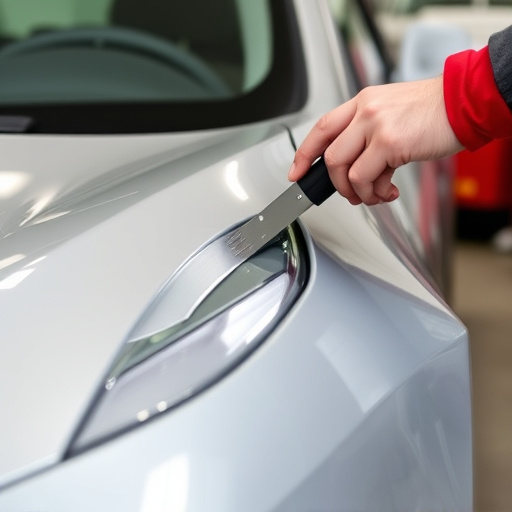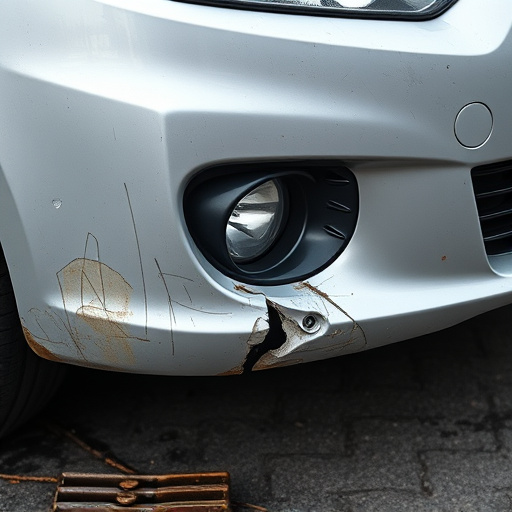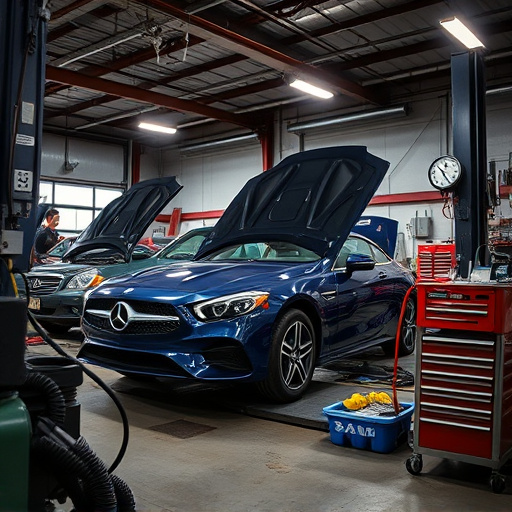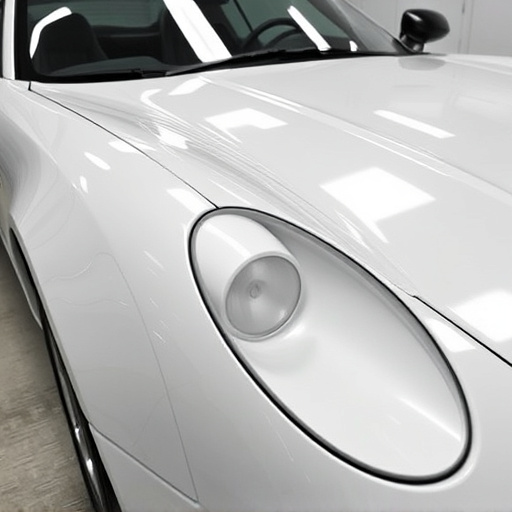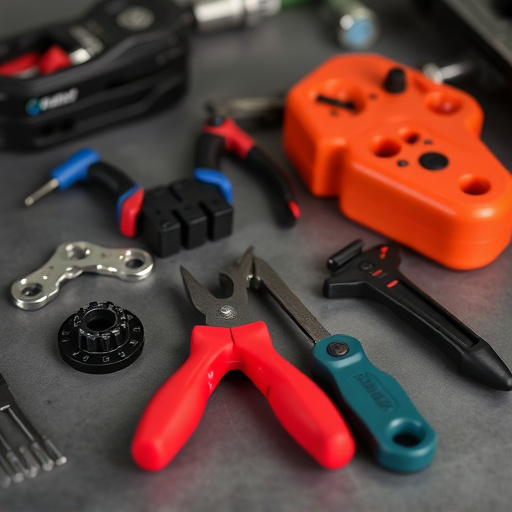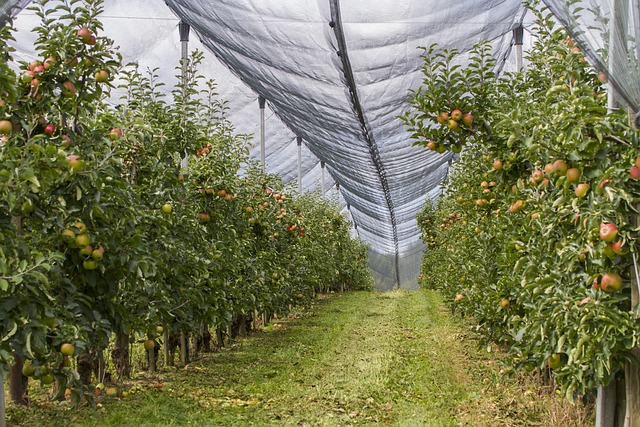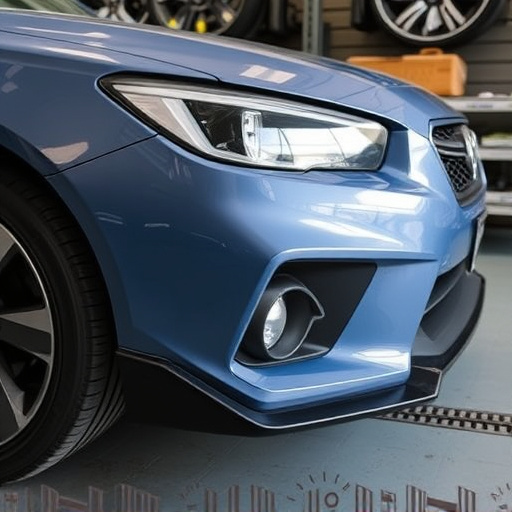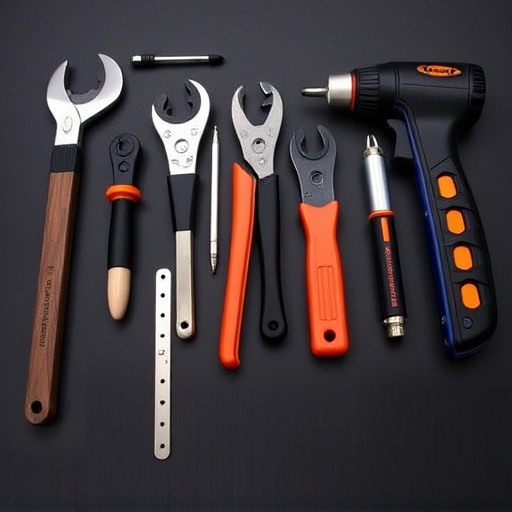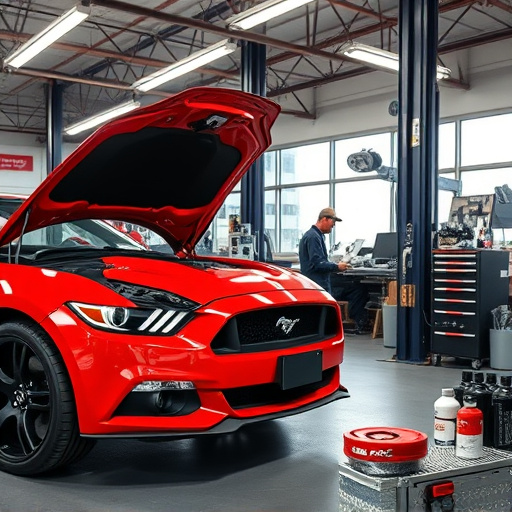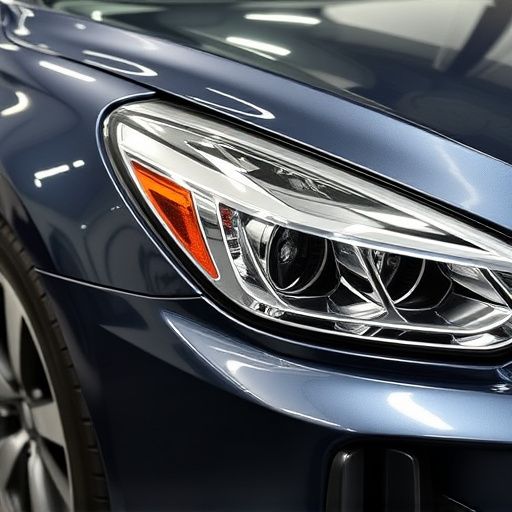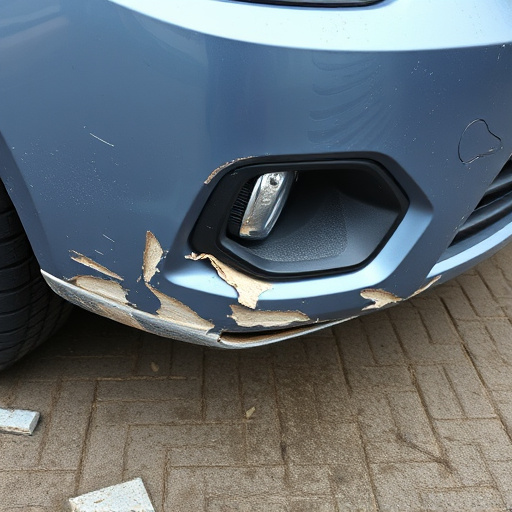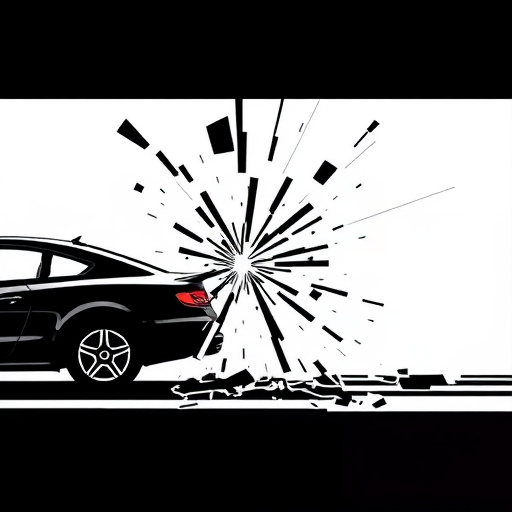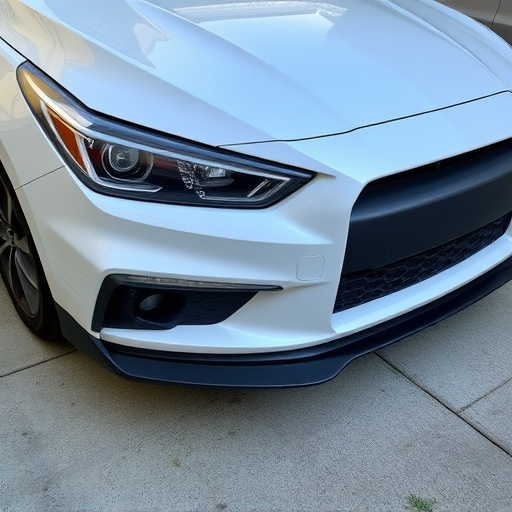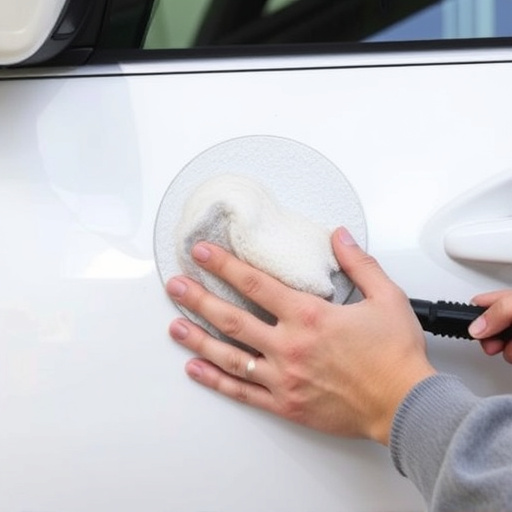Panel beating, once a manual labor-intensive process in automotive history, has evolved dramatically with technological advancements like CAD software, 3D measurement systems, robotic welding, and automated painting. These innovations have improved accuracy, reduced repair times, and elevated the standards of classic car restoration. Modern tools benefit both industry professionals and vehicle owners by enhancing productivity, minimizing human error, and allowing for more complex designs. Future prospects include AI, machine learning, VR training, and further automation, promising to streamline fleet repairs and revolutionize the panel beating industry.
Advances in technology have significantly improved panel beating, a critical process in automotive repair and fabrication. This article explores the evolution of panel beating technology from its historical roots to modern innovations that enhance accuracy and efficiency. We delve into cutting-edge tools, precision engineering, and digital solutions that are reshaping the industry. Additionally, we discuss the benefits and future prospects of these advanced technologies, highlighting how they are setting new standards in panel beating.
- The Evolution of Panel Beating Technology: A Historical Perspective
- Modern Innovations Enhancing Panel Beating Accuracy and Efficiency
- Benefits and Future Prospects of Advanced Technology in Panel Beating
The Evolution of Panel Beating Technology: A Historical Perspective
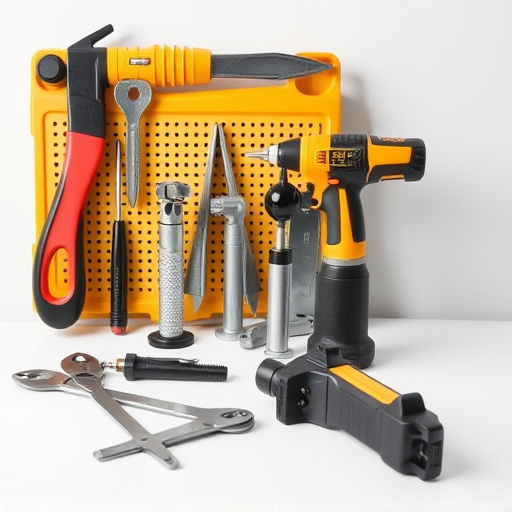
The art of panel beating, a craft that has been integral to the automotive industry since its inception, has witnessed a remarkable evolution over the years. Historically, panel beating involved manual labor, where skilled artisans would shape and fit metal sheets by hand, a process both time-consuming and demanding. This traditional method, while requiring immense skill, was often imprecise and left room for human error.
With technological advancements, the landscape of panel beating has transformed dramatically. The introduction of computer-aided design (CAD) software and advanced manufacturing techniques has revolutionized autobody repairs. Today, panel beating is not just about fitting metal; it involves intricate measurements, precise cuts, and seamless integration. This evolution has not only improved accuracy but also enabled more complex and intricate designs in classic car restoration, enhancing the overall aesthetic appeal of vehicles. Moreover, tire services have also benefited from these advances, ensuring better alignment and faster repair times.
Modern Innovations Enhancing Panel Beating Accuracy and Efficiency
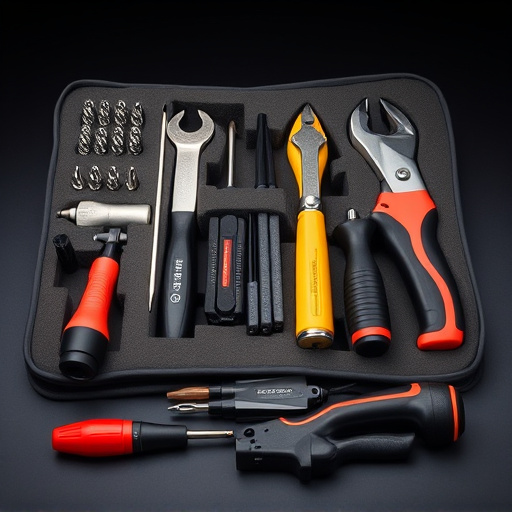
Modern Innovations Enhancing Panel Beating Accuracy
The world of panel beating has witnessed a significant transformation with the advent of advanced technologies, revolutionizing both accuracy and efficiency in auto collision centers. Modern innovations such as computer-aided design (CAD) software and 3D measurement systems have become indispensable tools for professionals in classic car restoration and auto repair services. These technologies enable precise measurements and detailed calculations, ensuring that every panel is tailored to fit perfectly, maintaining the integrity and authenticity of vintage vehicles.
Moreover, robotic welding systems and automated painting equipment have streamlined the process, reducing human error and increasing productivity. These advancements not only guarantee consistent results but also allow for more intricate designs and finishes. With technology leading the way, panel beating has evolved from a labor-intensive craft to a highly precise art, elevating the standards in auto collision centers across the industry.
Benefits and Future Prospects of Advanced Technology in Panel Beating
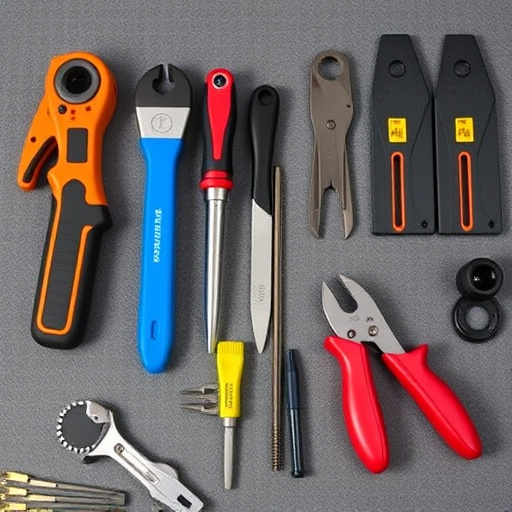
The integration of advanced technology into panel beating processes has revolutionized the automotive industry, offering significant benefits to both businesses and customers. One of the key advantages is the enhancement in accuracy and efficiency. Modern tools like computer-aided design (CAD) software and robotic systems enable precise measurements and seamless panel alignment, ensuring superior quality repairs. This technological advancement not only reduces the time taken for vehicle paint repair but also minimizes errors, resulting in a more consistent and reliable outcome.
Looking ahead, the future of panel beating looks promising with ongoing innovations. Artificial intelligence (AI) and machine learning can further automate repetitive tasks, allowing technicians to focus on complex repairs. This technology can also adapt to different vehicle models and body types, streamlining fleet repair services and catering to diverse needs in the market. Additionally, virtual reality (VR) training simulations may become commonplace, providing an immersive learning experience for up-and-coming panel beaters, thus ensuring a skilled workforce for years to come.
Advances in technology have fundamentally transformed the realm of panel beating, revolutionizing its accuracy and efficiency. From the humble beginnings of manual techniques, we’ve navigated a labyrinthine journey towards sophisticated modern innovations. Today, the industry boasts a vibrant tapestry of automated tools and precision-engineered equipment, setting new standards for quality and speed. As we look to the future, the benefits of these advancements are clear: improved craftsmanship, reduced waste, and faster turnaround times. The evolution of panel beating technology continues apace, promising an even more remarkable landscape for this essential trade.
